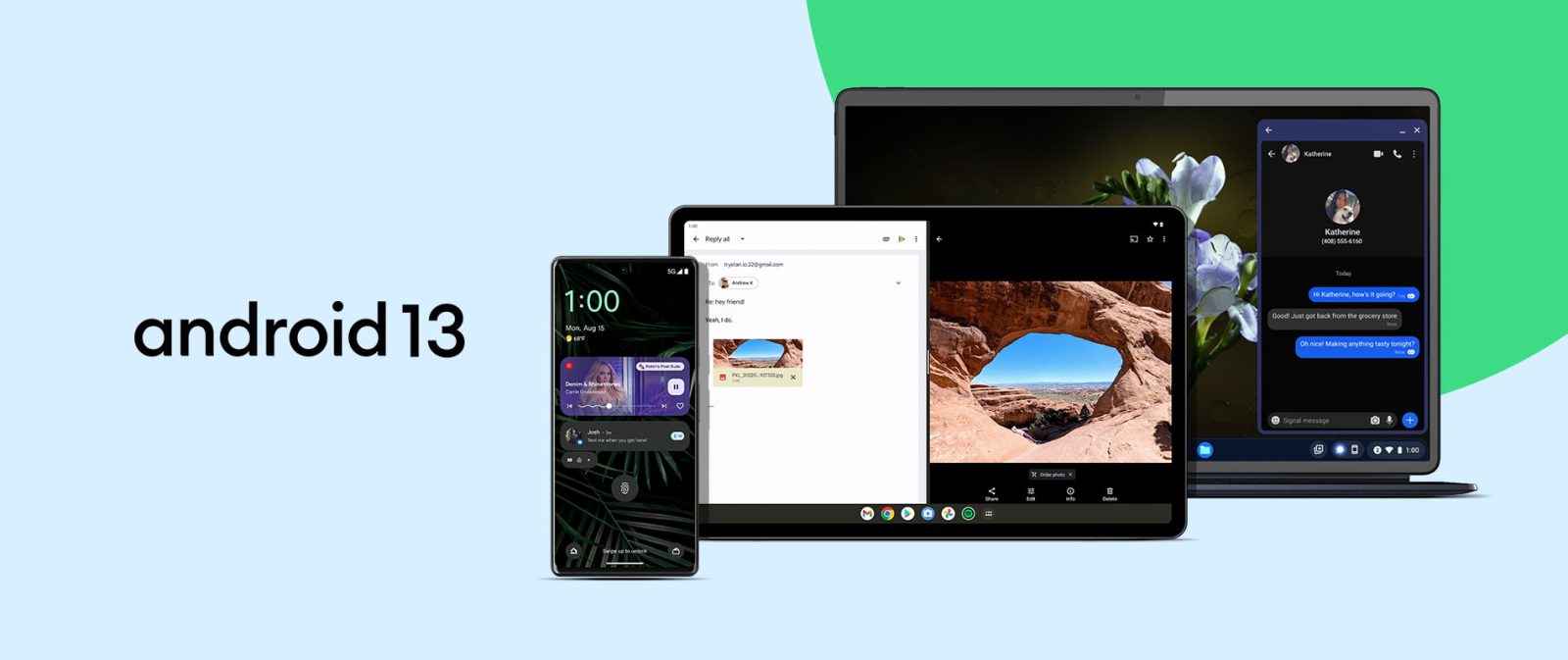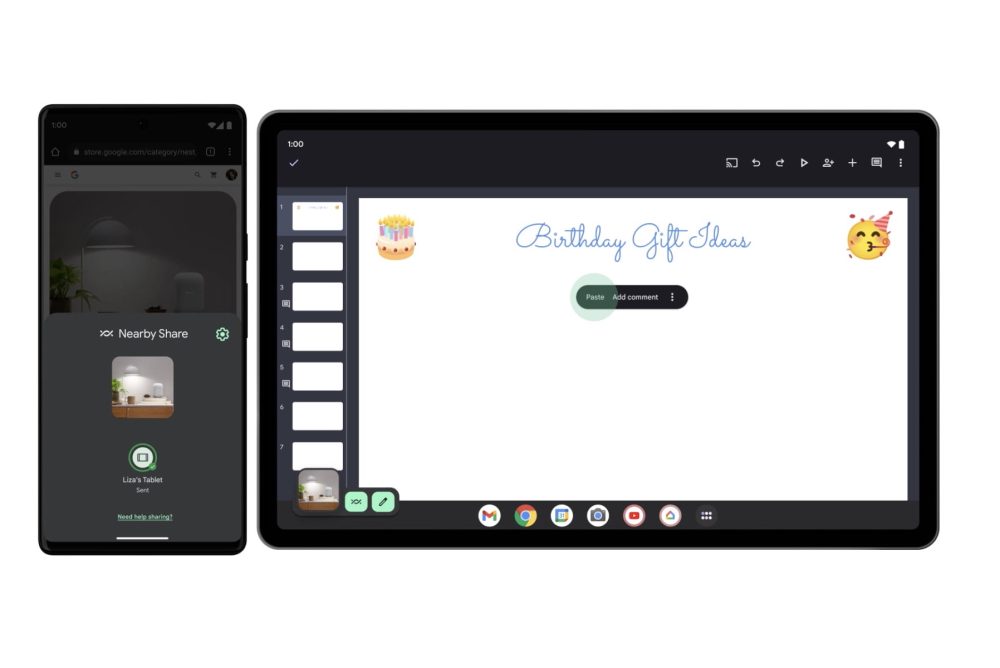
Google launched the latest version of its mobile operating system on Monday, and it’s already rolling out to the first (Pixel) devices. That said, there are still a number of Android 13 features that are still coming, and here’s when you can expect them.
Security & privacy settings
The Pixel 6 introduced a new Security Hub last year that then arrived on older Google phones. At I/O 2022 in May, the company detailed how Security would be combined with the existing page for Privacy.
This is meant to provide a “simple, color-coded way to understand your safety status and will offer clear and actionable guidance to improve it.” It starts with a prominent overview section and button to take actions like “Scan device” (with Play Protect) or “Uninstall” apps.
The page will be anchored by new action cards that notify you of critical steps you should take to address any safety risks. In addition to notifications to warn you about issues, we’ll also provide timely recommendations on how to enhance your privacy.
Next are dropdowns for App security, Device lock, Google Security Checkup, Find My Device, and more that can be expanded to see other preferences. We’ve already seen Samsung’s version of this, but this week’s Android 13 update for Pixel phones still has “Security” and “Privacy” as separate sections. Google told us on Monday that the unified Security & privacy settings page is coming “later this year.”
Unified Pixel Launcher search
On Pixel phones, one of Android 13’s best features is unified device and web search where the bar at the bottom of your homescreen is the same as the field at the top of the app drawer. The latter is visually quite old, and users on the Android 13 Beta have been using this experience for the past several months now.
However, upon updating to the stable release, unified Pixel Launcher search disappeared. Google told us earlier this week that the disappearance will be resolved in an “upcoming release.”




Cross-device integrations
The next set of Android 13 features that have yet to launch are cross-device integrations. Starting with “message app streaming.” The UI of Google Messages and other similar communication apps (Signal is shown below) will be streamed to your Chromebook. On ChromeOS, you’ll receive a notification and tapping “Reply” opens a phone-sized window to type out your message and see past history, just like on your mobile. Both devices must be in Bluetooth range of each other.
We previewed an early version of this feature and dived into how it works back in February, and Google tells us to expect availability “later this year.”
Next up is “cross-device copy and paste” where you can copy text, URLs, and images from your Android phone and paste it to a tablet (or vice versa). The clipboard preview in the bottom-left corner will feature a new Nearby Share button that lets you select a device. The target device will show a receipt confirmation and then you can just paste.
Meant to boost productivity, it’s obviously reliant on you having another Android 13 device. This feature is officially “coming soon to Android 13 devices,” though only the “sending device” needs to be on the new OS. Meanwhile, the “receiving device must be Android 6 device or higher.”

Lastly, there’s Spatial Audio to shift the “source of the sound based on how you turn your head.” It’s meant to make media (movies) more immersive, and the one device we know it’s coming to is the Pixel Buds Pro with a future update in the fall.
Android 13 on tablets
As of today, Android 13 is only available on phones. On tablets, it will bring a taskbar that features an app drawer for faster multi-window multitasking, while there’s also letterboxing for unoptimized apps. Various parts of the OS now have large-screen layouts, while palm and stylus pen inputs are registered as separate touches.
The first devices to launch with Android 12L, which arrived in March, are the Samsung Fold 4 and Flip 4 later this month. At the rate, don’t expect Android 13 on tablets until next year. The timing could make it so that the Pixel tablet is the debut device.
FTC: We use income earning auto affiliate links. More.



Comments